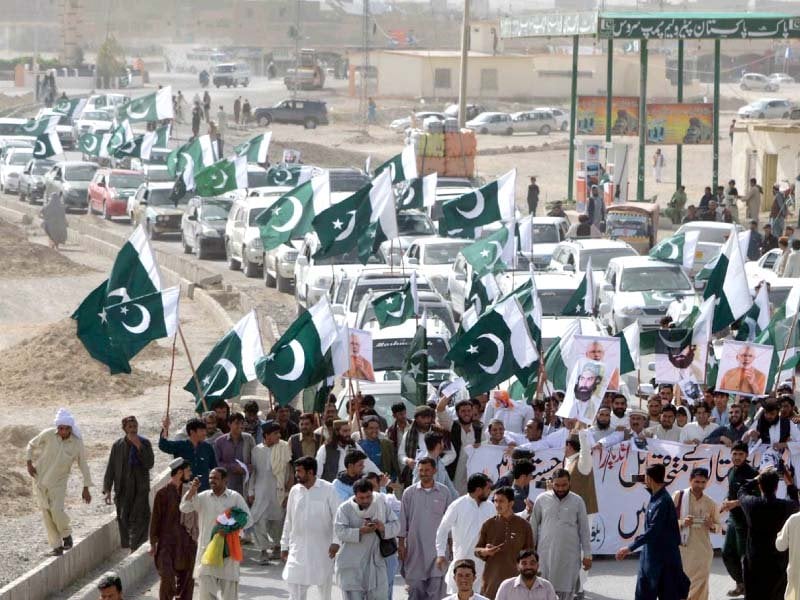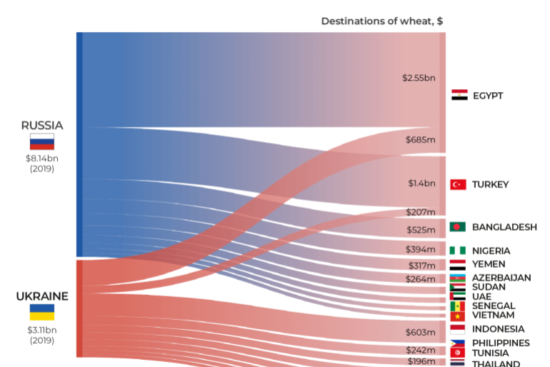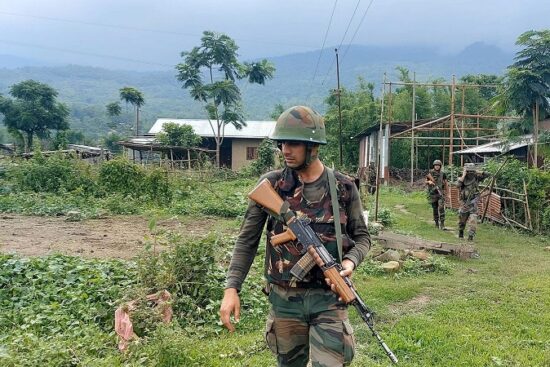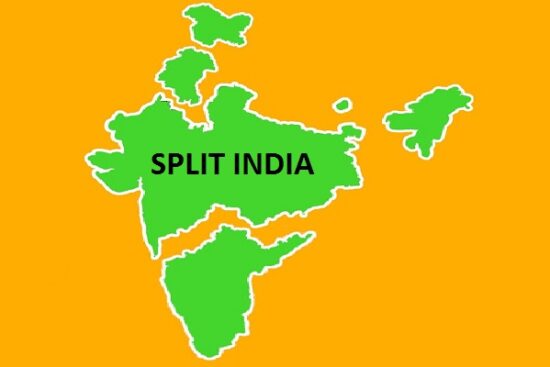
| Mahrang Baloch, the daughter of a BLA terrorist, is leading a movement in Balochistan aiming to destabilize Pakistan. The movement, supported by foreign agencies and separatist factions, resembles Syria’s disarray and seeks to cause internal strife through political disorder and armed insurrection. The alliance of the Balochistan Liberation Army, the Tehrik-i-Taliban Pakistan, and the Pashtun Tahafuz Movement is concerning. The Pakistani government’s response has been criticized for being too mild, and intelligence agencies must work to destroy the networks supporting these actions. |
The escalating events in Balochistan, led by Mahrang Baloch, have sparked widespread media coverage. What appears to be a march for human rights and the issue of missing people is a perfectly planned operation with far more nefarious intentions. This narrative, pushed by hostile foreign agencies and separatist factions, aims to destabilise Pakistan from within. It is critical to investigate the genuine origins of this so-called movement and the serious threat it represents to national security.
The International Conspiracy: A Web of Deception
Mahrang Baloch’s recent journey to Europe was more than a chance to highlight human rights problems. It was a strategic operation to coordinate with anti-Pakistan groups, including CIA operatives and members of India’s Research and Analysis Wing. The main goal, reminiscent of Syria’s disarray, seeks to plunge Pakistan into internal strife through a combination of political disorder and armed insurrection. This partnership is not an isolated plot, but rather part of a larger strategy to undermine Pakistan’s geographical integrity.
The similarity with Syria is particularly unsettling. Pakistan, like Syria, is under threat from those who want to use domestic discontent for global benefit. The goal is to maintain a condition of persistent instability, preventing Pakistan from concentrating on its development and regional leadership positions.
The Alliance of Terror: BLA, TTP, and PTM
One of the most concerning parts of this scenario is the alleged coordination between the Balochistan Liberation Army (BLA), the Tehrik-i-Taliban Pakistan (TTP), and the Pashtun Tahafuz Movement (PTM). While these groups look ideologically separate, they have a common goal: to destabilise Pakistan. The BLA, with its long history of separatist violence, has joined forces with the TTP, an organisation known for its savage terrorist assaults, and the PTM, which purports to work for Pashtun rights but frequently engages in anti-state rhetoric.
This unholy alliance is a forced collaboration organised by external operators with a vested interest in destabilising Pakistan. The employment of terrorism and insurgency as instruments to attain political goals is a well-worn technique, and in this instance, it is being carried out with worrying accuracy. The “FATA War Plan,” as some have dubbed it, aims to duplicate the instability experienced in other war zones, with Balochistan and Khyber Pakhtunkhwa serving as the epicentres of discontent.
The Face of a New Threat
Mahrang Baloch, a prominent human rights activist, is the daughter of Abdul Ghaffar Langove, a well-known BLA terrorist. Her recent acts are not those of a peaceful protestor, but of someone actively seeking to destabilise Pakistan. Her march under the idea of fighting for missing people is a ruse; the true aim is considerably more sinister.
Mahrang’s association with foreign entities, as well as her acceptance of external funds, probably from Zionist sources, reveal a well-funded and organised attempt to create division. The emphasis on missing people is a deliberate decision since it is an emotionally charged topic with widespread resonance and the potential to mobilise public opinion. However, the fact is that this issue is being used to build a narrative that benefits those who want to destabilise Pakistan.
The Role of the Government: A Call for Decisive Action
The Pakistani government’s reaction to this danger has been criticised as unduly mild. There is a clear and present threat that these marches may devolve into violent clashes, especially given terrorist groups’ heightened activity. The state must recognise that the true goal of these rallies is not to seek justice but to incite a security response that might be seen as governmental persecution. This would serve as an excuse for more unrest and worldwide criticism.
The government’s response should be diverse. While honouring the democratic right to demonstrate, these rights mustn’t be utilised to encourage terrorism and separatism. To combat false narratives, a disciplined and watchful strategy is required, as well as smart communication. Intelligence agencies must step up their efforts to identify and destroy the finance and logistical networks that support these actions.
Conclusion
The situation in Balochistan serves as a sharp reminder of the many issues that Pakistan faces. It is more than a regional issue; it affects national unity and security. Mahrang Baloch and her allies are pushing a dangerous narrative, veiled in human rights terminology but designed to undermine the state.
Pakistan must maintain vigilance and unity in the face of these dangers. The world community should be made aware of the genuine nature of these movements, as well as the foreign causes that motivate them. At the same time, the government must take urgent measures to confront these dangers while addressing valid concerns via conversation and development. Only by standing hard against terrorism and separatism can Pakistan maintain its sovereignty and stability in the face of these concerted efforts to split and damage the country.



















Leave a Reply